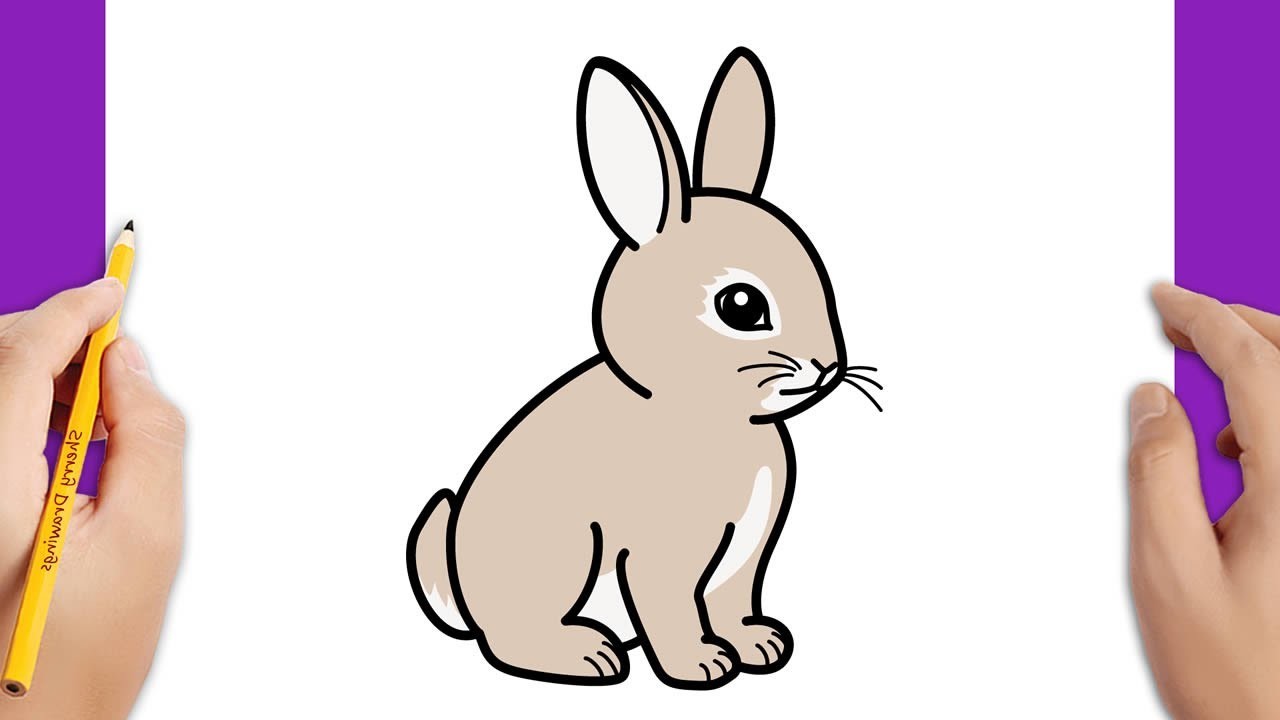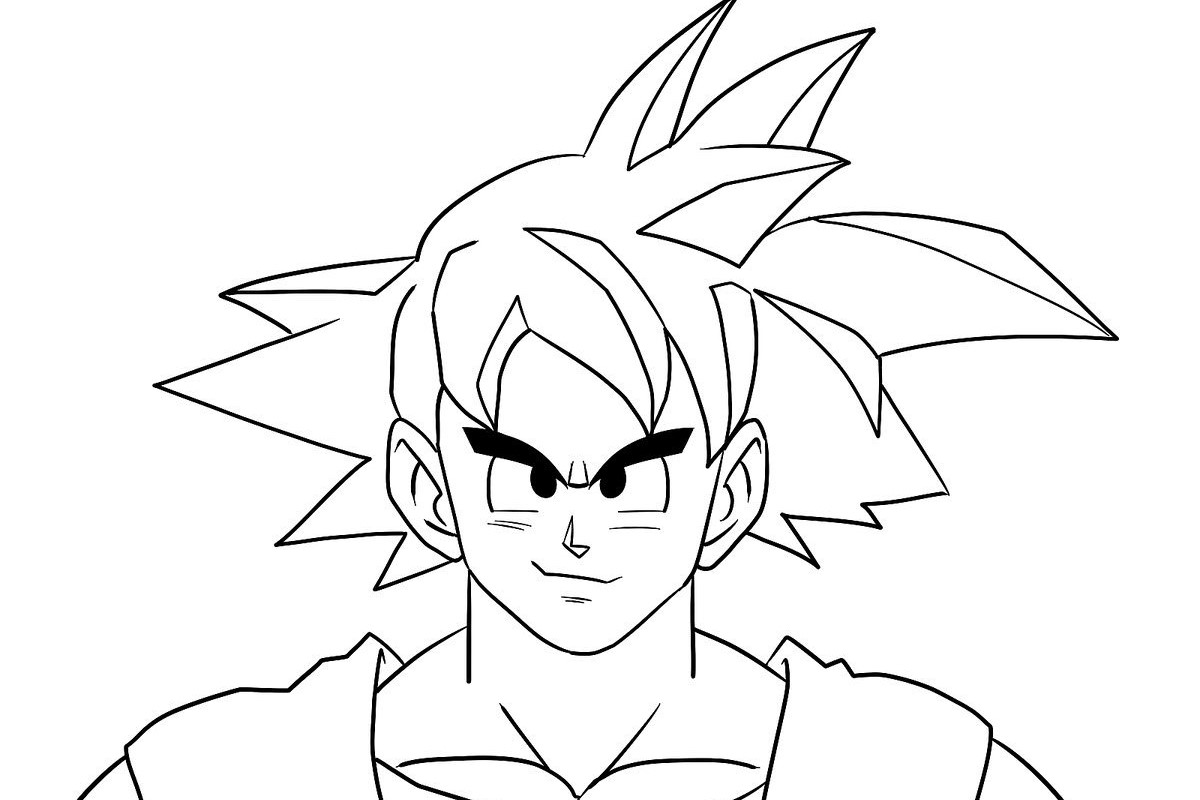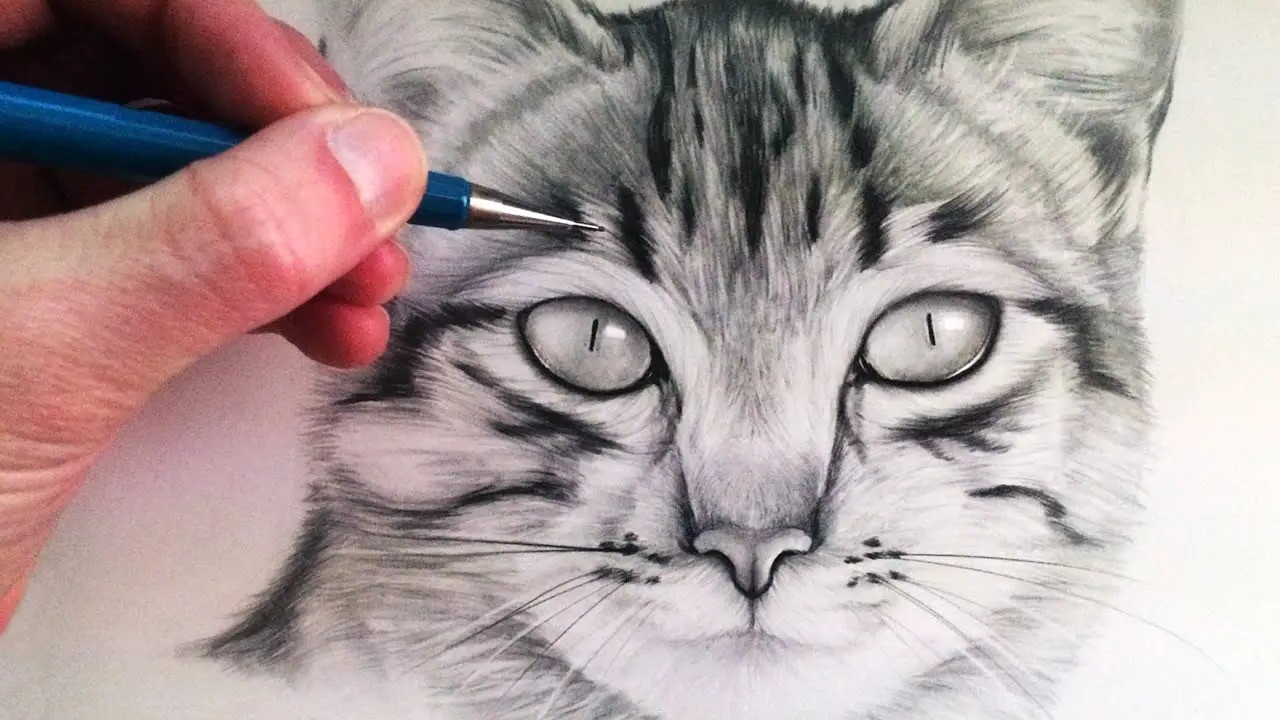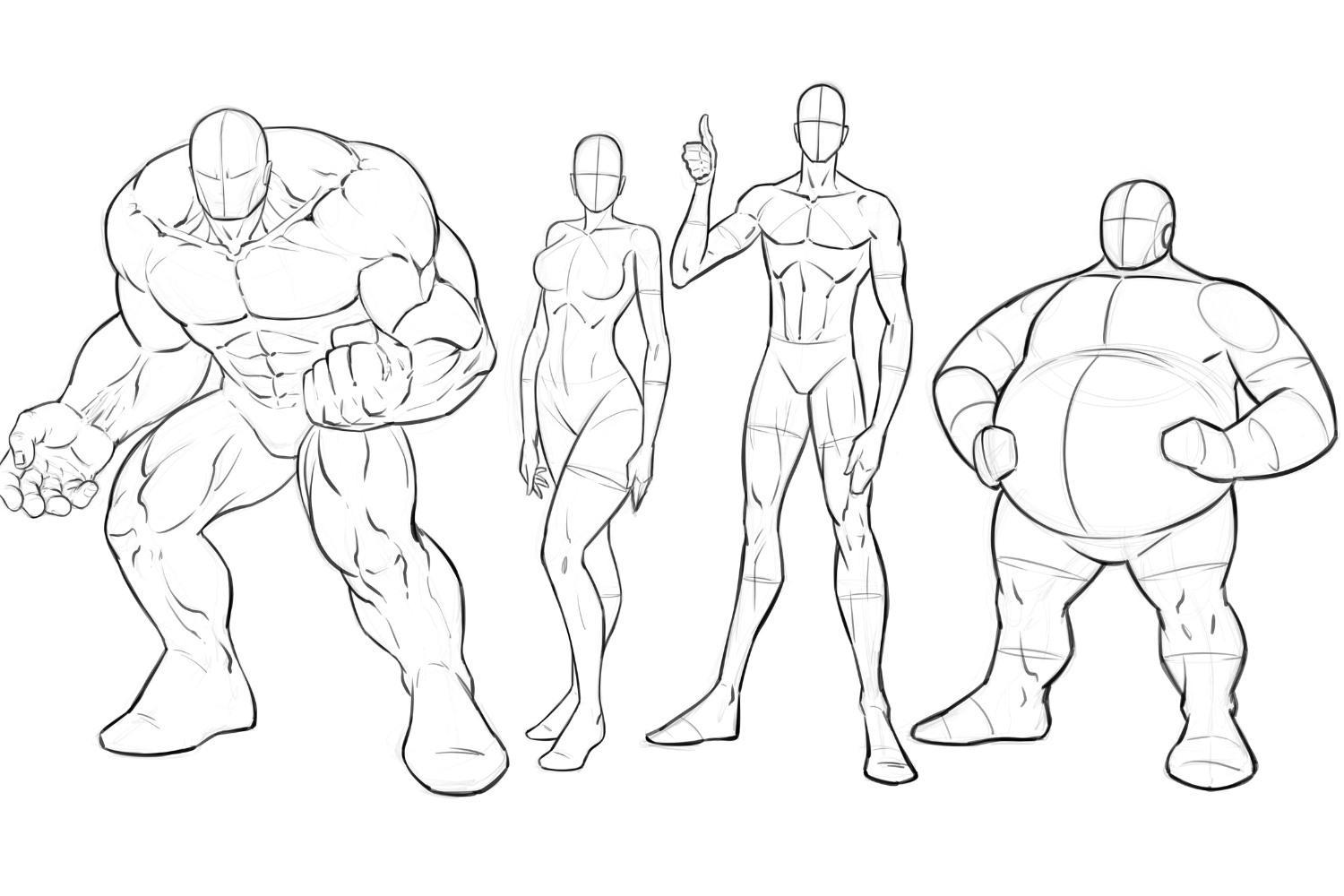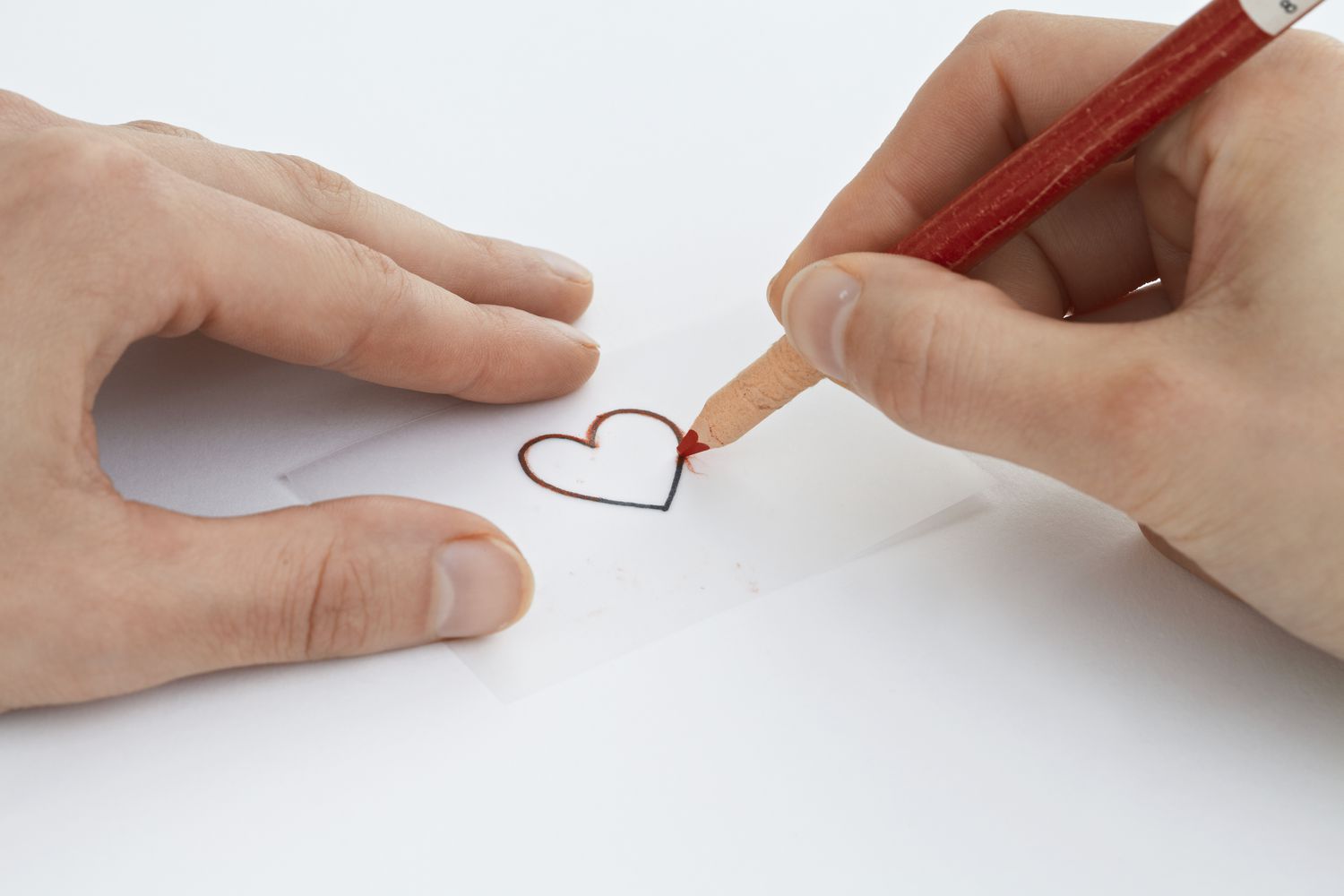Home>Arts and Culture>How To Draw Feet
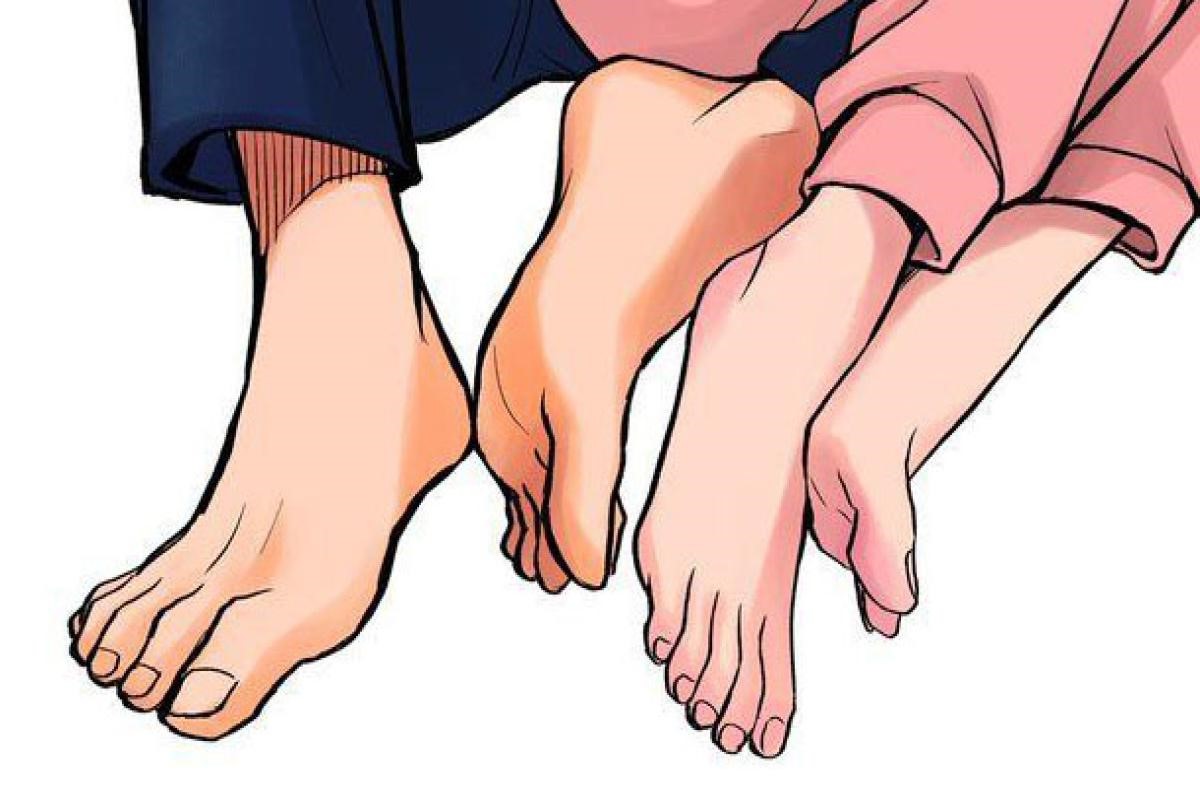

Arts and Culture
How To Draw Feet
Published: February 27, 2024
Learn the art of drawing feet with our comprehensive guide. Explore techniques and tips for creating realistic and expressive feet in your artwork. Perfect for artists and enthusiasts in the arts and culture community.
(Many of the links in this article redirect to a specific reviewed product. Your purchase of these products through affiliate links helps to generate commission for Noodls.com, at no extra cost. Learn more)
Table of Contents
Introduction
Drawing human feet can be a challenging yet rewarding endeavor for artists. Whether you're a beginner or an experienced artist, mastering the art of drawing feet can significantly enhance your artistic repertoire. Feet are not only essential for capturing the human form accurately, but they also convey a sense of movement, balance, and emotion in a drawing.
In this comprehensive guide, we will delve into the intricacies of drawing feet, providing step-by-step instructions and valuable tips to help you hone your skills. From understanding the basic structure of the foot to adding intricate details and texture, this tutorial will equip you with the knowledge and techniques needed to create lifelike and expressive feet in your artwork.
By the end of this tutorial, you will gain a deeper understanding of the anatomical features of the foot, enabling you to depict them with precision and realism. Whether you're sketching a portrait, creating a figurative artwork, or exploring the nuances of human anatomy, mastering the art of drawing feet will undoubtedly elevate the quality of your artistic creations.
So, grab your sketchbook, sharpen your pencils, and get ready to embark on a captivating journey into the art of drawing feet. Whether you aspire to capture the gracefulness of a dancer's feet or the strength of a hiker's soles, this guide will empower you to infuse your artwork with the captivating allure of the human foot.
Read more: How To Take Feet Pics
Understanding the basic structure of the foot
The human foot is a marvel of biomechanical engineering, comprising a complex arrangement of bones, muscles, tendons, and ligaments that work in harmony to support the body's weight and facilitate movement. Understanding the fundamental structure of the foot is crucial for artists seeking to accurately depict its form and function in their drawings.
The foot consists of three main sections: the forefoot, midfoot, and hindfoot. The forefoot encompasses the toes and the corresponding long bones known as metatarsals. These metatarsals provide the foot with its characteristic arch, which plays a pivotal role in weight distribution and shock absorption. The midfoot comprises a cluster of small bones, including the cuboid, navicular, and cuneiform bones, which contribute to the foot's flexibility and stability. The hindfoot consists of the talus and calcaneus, commonly referred to as the heel bone, which form the foundation for the body's weight-bearing activities.
In addition to its bony framework, the foot is adorned with an intricate network of muscles and tendons that enable a wide range of movements, from flexing and extending the toes to supporting the arch of the foot. The Achilles tendon, one of the body's strongest tendons, connects the calf muscles to the heel bone, facilitating activities such as walking, running, and jumping.
Furthermore, the foot is equipped with a complex system of ligaments that provide stability and prevent excessive movement of the bones. These ligaments play a crucial role in maintaining the foot's arch and protecting it from injuries during weight-bearing activities.
By familiarizing yourself with the basic anatomical structure of the foot, including its bones, muscles, tendons, and ligaments, you can gain a deeper appreciation for its intricate design and functionality. This understanding will serve as a solid foundation for accurately capturing the nuances of the foot in your artistic endeavors, allowing you to infuse your drawings with a heightened sense of realism and anatomical precision.
Sketching the outline of the foot
Sketching the outline of the foot serves as the foundational step in capturing its form and proportions with precision. To begin, lightly sketch the basic shape of the foot, considering its overall length, width, and the positioning of the toes. Start by outlining the general shape of the foot, keeping in mind the curvature of the arch and the prominence of the heel. Pay close attention to the proportions, ensuring that the length of the toes is in harmony with the rest of the foot.
Next, focus on delineating the individual toes, taking into account their varying lengths and positions. The big toe, also known as the hallux, is typically the most prominent and is positioned closer to the centerline of the foot. The remaining toes gradually decrease in length, with the smallest toe, known as the pinky toe, residing at the outer edge of the foot. Pay attention to the subtle curves and angles of each toe, capturing their natural contours and spacing.
As you refine the outline of the foot, consider the subtle undulations and contours of the sole, which contribute to the foot's overall structure and support. Take note of the arch of the foot, ensuring that it is accurately represented in your sketch. The arch plays a crucial role in defining the foot's silhouette and should be carefully observed to convey a sense of anatomical accuracy.
Throughout the outlining process, maintain a light touch with your pencil, allowing for adjustments and refinements as needed. Avoid pressing too firmly, as this will make erasing and modifying the sketch more challenging. By approaching the outline with a delicate touch, you can easily make corrections and fine-tune the proportions and contours of the foot to achieve a more lifelike representation.
Remember that sketching the outline of the foot is an iterative process that may require multiple attempts to capture the desired form and proportions accurately. Embrace the opportunity to refine and adjust the outline as needed, gradually building upon the initial sketch to achieve a more polished and anatomically precise representation of the foot.
By dedicating attention to the intricacies of the foot's outline, you can lay a solid foundation for the subsequent stages of adding details and texture, ultimately leading to a compelling and realistic portrayal of the human foot in your artwork.
Adding details and texture to the foot
Once the basic outline of the foot has been sketched, the next crucial step is to add intricate details and texture that breathe life into the drawing. Paying attention to the subtle nuances of the foot's surface and incorporating realistic textures will elevate the overall visual impact of the artwork.
Begin by refining the contours of the toes, emphasizing the natural curves and joints that define their structure. Take note of the subtle variations in toe thickness and the contours of the toenails, ensuring that they are rendered with precision and attention to detail. Capturing the delicate interplay of light and shadow on the toenails can further enhance the realism of the drawing.
Moving to the sole of the foot, carefully depict the intricate patterns and textures that adorn this area. The ball of the foot, characterized by its weight-bearing function, may exhibit calluses or subtle creases that reflect the pressures endured during locomotion. These details contribute to the authenticity of the drawing, conveying the tactile qualities of the foot's surface.
Furthermore, consider the subtle undulations and contours of the arch, infusing the drawing with a sense of depth and dimension. By delicately shading the arch and incorporating subtle highlights, you can accentuate its curvature and convey the structural integrity of the foot.
Incorporating the anatomical features of the foot, such as the tendons and ligaments that subtly protrude beneath the skin, can add a layer of realism to the drawing. Pay attention to the areas where the tendons are more pronounced, such as the instep, and delicately render these details to evoke a sense of underlying anatomical complexity.
To enhance the overall texture of the foot, consider the incorporation of light and shadow to create depth and dimension. Utilize shading techniques to convey the softness of the skin, the firmness of the muscles, and the prominence of bony structures, thereby imbuing the drawing with a tactile quality that resonates with the viewer.
By meticulously attending to the details and textures of the foot, artists can imbue their drawings with a heightened sense of realism and anatomical precision, ultimately creating captivating and evocative representations of the human foot in their artwork.
Tips for drawing realistic feet
-
Study Anatomy: Understanding the anatomical structure of the foot is essential for creating realistic drawings. Study the bones, muscles, tendons, and ligaments of the foot to gain insight into its intricate design and functionality.
-
Observation: Observe real feet in various positions and angles. Pay attention to the subtle curves, contours, and proportions. This visual study will provide valuable reference points for capturing the nuances of the foot in your drawings.
-
Practice Gesture Drawing: Engage in gesture drawing exercises to capture the dynamic movements and poses of the feet. This practice will enhance your ability to convey the fluidity and gracefulness of the foot in different artistic contexts.
-
Explore Light and Shadow: Understanding how light interacts with the foot's surface is crucial for creating depth and realism. Experiment with shading techniques to convey the interplay of light and shadow, accentuating the three-dimensional form of the foot.
-
Emphasize Weight Distribution: Consider the distribution of weight across the foot when depicting it in various stances. Whether the foot is bearing weight, in motion, or at rest, conveying the appropriate distribution of pressure adds authenticity to your drawings.
-
Capture Expressive Details: Pay attention to the subtle details that make each foot unique, such as the contours of the arch, the positioning of the toes, and the texture of the skin. These details contribute to the individuality and character of the foot in your artwork.
-
Utilize Reference Images: Utilize photographs or real-life models as visual references when drawing feet. This practice can provide valuable insights into the nuances of foot anatomy and aid in achieving greater accuracy in your drawings.
-
Experiment with Different Media: Explore various drawing tools and mediums to discover which best suits your style and artistic vision. Whether using pencils, charcoal, or digital tools, experimenting with different media can enhance your ability to capture the intricacies of the foot.
-
Seek Feedback: Share your drawings with peers or mentors and seek constructive feedback. External perspectives can offer valuable insights and help you refine your approach to drawing realistic feet.
-
Practice Patience and Persistence: Mastering the art of drawing realistic feet requires patience and persistence. Embrace the learning process, and allow yourself the freedom to make mistakes and learn from them as you refine your skills.
By incorporating these tips into your artistic practice, you can elevate your ability to capture the beauty and complexity of the human foot with precision and artistry.
Read more: How To Draw People
Conclusion
In conclusion, mastering the art of drawing feet is a gratifying journey that offers artists the opportunity to delve into the intricacies of human anatomy and express the beauty of the human form. By understanding the basic structure of the foot, sketching its outline, adding intricate details and texture, and incorporating valuable tips for achieving realism, artists can elevate their artistic prowess and create captivating representations of the human foot.
The process of drawing feet extends beyond mere technical skill; it encompasses a profound appreciation for the human body's remarkable design and functionality. Through careful observation and study of foot anatomy, artists gain a deeper understanding of the interconnectedness of bones, muscles, tendons, and ligaments that enable the foot to fulfill its weight-bearing and locomotor functions. This understanding not only enriches the artistic process but also fosters a sense of reverence for the marvels of human physiology.
As artists embark on the journey of sketching the outline of the foot, they are encouraged to embrace the iterative nature of the process, allowing for refinement and adjustments to capture the nuances of the foot's form and proportions accurately. This foundational step sets the stage for adding intricate details and texture, where artists have the opportunity to infuse their drawings with lifelike qualities, from the subtle contours of the toes to the textures of the sole and the interplay of light and shadow.
Moreover, the tips provided offer invaluable guidance for aspiring and seasoned artists alike, emphasizing the importance of studying anatomy, observing real-life references, and practicing patience and persistence. By incorporating these tips into their artistic practice, artists can refine their ability to capture the grace, strength, and individuality of the human foot, ultimately enhancing the depth and realism of their artwork.
In essence, the art of drawing feet transcends the mere depiction of a body part; it encapsulates a profound exploration of human anatomy, movement, and expression. Whether aspiring to portray the elegance of a dancer's feet or the resilience of a laborer's soles, artists can harness their newfound knowledge and techniques to breathe life into their artistic creations, infusing them with a captivating sense of realism and emotional resonance.
As artists continue to hone their skills and expand their artistic horizons, the art of drawing feet serves as a testament to the enduring allure of human anatomy and the boundless potential for artistic expression. With each stroke of the pencil and each delicate rendering of detail, artists can celebrate the intricate beauty of the human foot, creating timeless and evocative works of art that resonate with viewers on a profound and visceral level.








